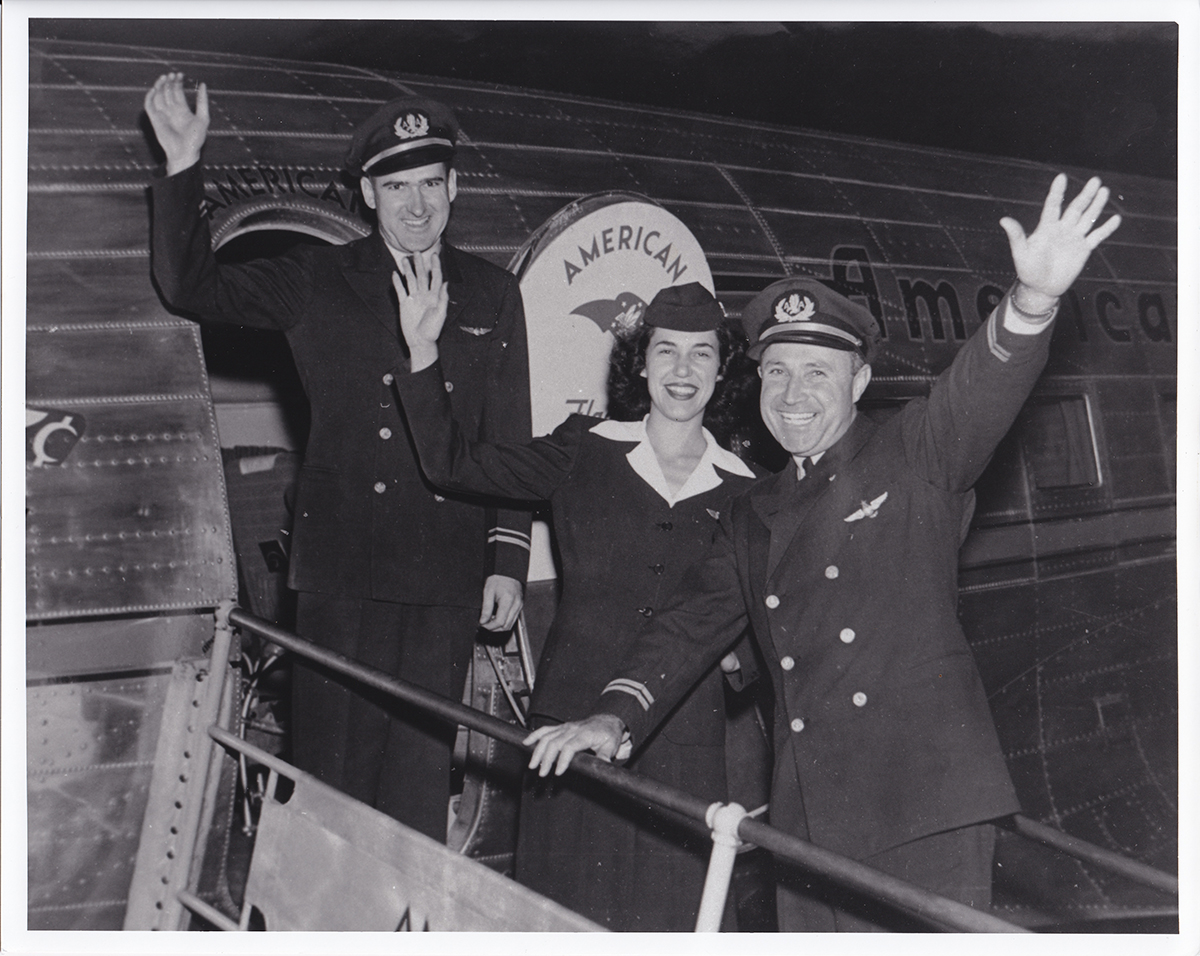This week, American Airlines celebrates the 75th anniversary of the first commercial departure — operated by American — at Los Angeles International Airport (LAX). The airport, known at the time as Los Angeles Municipal Airport, was developed more than 20 years before launching commercial air service. American and three other carriers shifted a portion or all of their operations from nearby Burbank Airport to LAX, which was renamed in 1949.
«For three quarters of a century, American’s service at LAX has helped Angelenos reach domestic and international destinations and brought visitors from around the globe to our great city,” said Justin Erbacci, Chief Executive Officer of Los Angeles World Airports. “Our partnership with American has only grown stronger over the decades, as we jointly look toward a future with a fully modernized LAX, which will set new standards for how passengers experience air travel in Los Angeles. We congratulate our partners at American and wish them many more years of success to come.»
First American flights celebrated at LAX
Onlookers celebrated the first departure from a nearby roadway, as well as the first arrival. First Officer Lawson, Stewardess MacDonald and Capt. Floyd were surprised to learn that they were the first commercial flight crew to land after the opening of the field.
A history of firsts in the aviation industry
Throughout the years, American celebrated many successes and many firsts for the region. Beyond inaugural flights to new destinations, the airline and its team members helped solidify American’s presence in the region with an ever-increasing focus on better connecting the greater Los Angeles community.
Beyond transporting customers to American’s broader network, the airline’s cargo operation, then known as AA Airfreight, also helped facilitate quicker transport of consumer goods from around the world. For the first time starting in August 1947, American’s Flagship Mercury delivered newspapers the morning of publication from both the New York Times and the Herald Tribune. The daily papers appeared on local California newsstands shortly after 7:30 a.m. after the Mercury’s arrival each day.
American continued to increase service to LAX throughout the 1950s. The airline advertised as the first choice in transcontinental travel aboard its new Douglas DC-7 Flagship aircraft, which began service Nov. 29, 1953. The Flagship Mercury offered the only nonstop service and became known as the finest and fastest path to the West Coast — almost three hours faster than any other airline serving Los Angeles. It was American Capt. Joe Glass and Capt. James B. Ingram who began setting records of how quickly they were able to complete the trip between New York and Los Angeles.
Connecting our operation with the entertainment community
As American began to serve the Hollywood entertainment community, welcoming entertainment’s leading actress and an actors on board for travel, the airline had several cameo appearances in film history. Songbird Dorothy Shay received a lesson in basic aerodynamics in «The Park Avenue Hilly Billy» and Lucille Ball from «I Love Lucy» aided American’s commission of Terminal 4 and the American Airlines Astroway, which was the airport’s first moving walkway.
The underground moving walkway, which opened in 1963, connected the ticket counter building to the satellite terminal where American operated. In the 1980s, American began construction to connect the two spaces above ground.
Celebrating a continued presence in Los Angeles
American’s operation at LAX has grown to span a portion of Terminal 5, American’s remote regional terminal, select gates in Tom Bradley International and all of current-day Terminal 4. Moving forward, American will continue its presence by building a «terminal for tomorrow» — a substantial multiyear commitment to modernize the airline’s hub at LAX, improving the customer experience.
The new state-of-the-art facility will have more efficient check-in and security screening checkpoints to reduce wait times, lessened roadway congestion with a connection to the Automated People Mover train system, and have modern and varied seating, more concessions options and easily accessible power outlets at the gates. The new departure halls will be spacious with modern signage to make getting where travelers need to go simple and intuitive.
Although the construction process will impact the operation in the short term, American’s commitment to the Los Angeles community remains a top priority as it has over the course of the airline’s 75-year history.
«I’m extremely proud to be leading a team that has such a rich history of supporting the Los Angeles community,» said Lokesh Amaranayaka, Managing Director of LAX. «Every day, our team members come to work focused on caring for people on life’s journey. For us here locally, that has been the core of what we’ve been doing for the last 75 years and will continue as our focus for the foreseeable future.»



